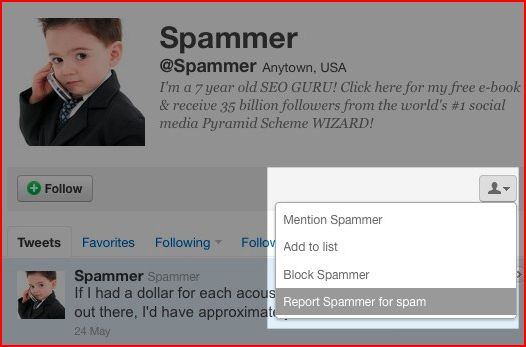If you have been here before you probably know that I am a very enthusiastic participant on Twitter. So enthusiastic in fact that twice a month I moderate #CollegeChat on Twitter. Recently, Up and Running asked me to write “How can Twitter chat help your business?” to help guide startups and small businesses on how to participate in Twitter chats to help build influence and enhance engagement in your targeted market. You can read the entire post at Up and Running. An excerpt follows below.
One of the best ways for small businesses to build their networks and increase their influence is by participating in Twitter Chats. Twitter chats are Twitter based conversations that anyone can participate in and are kept on track through the use of a #hashtag, a topic with a hash symbol (“#”) at the start to identify it. There are currently more than 600 ongoing Twitter Chats, ranging from weekly to monthly discussions on a wide variety of topics. You can review an exhaustive list of ongoing chats maintained at the Twitter Chat Schedule.
Participating in a Twitter chat is a great way to network and interact with other people who may also share your professional and personal passions. It is also a great way to introduce yourself and your business to key influencers whom you want to connect with.
Be Strategic
Look for a chat where you can bring value to the conversation. For example, I moderate #CollegeChat twice a month on Tuesday evenings. Most of the chats I moderate are in question and answer format and include an “expert” guest on a particular topic. The majority of guests I first met by their attending and participating in #CollegeChat. My guests have included professors, authors, independent higher education experts and business owners targeting the higher education market.
With hundreds of ongoing Twitter chats, you should be able to find a number of chats that are ideal for both networking and for your business. Perhaps you have developed a business tool, application or book that you are targeting to business to business marketers? Then you might want to check out #B2Bchat. A recent #B2Bchat focused on “Facebook for B2B -The Times They Are a-Changin’.
Expand your Knowledge
Also consider joining in Twitter chats just to expand your knowledge. Have you been considering adding a blog to your website but really don’t know where to start? Consider checking out #Blogchat on Sunday evenings to get fresh ideas from blogging experts. Recently Brian Solis, a thought leader in new media and a best-selling author, was a guest for #Blogchat and discussed with attendees how to use blogs as tools to build influence.
Do you need some new ideas for your start-up or small business? #Smallbizchat is a great chat for small businesses since its focus is on helping small businesses to succeed as they start to grow. Recently on #Smallbizchat, Dina Dwyer-Owen, a certified franchise executive with more than 30 years of industry experience and a recent guest on the television program “Undercover Boss”, shared with attendees “How to Live Rich in Your Small Business”. #Smallbizchat is hosted weekly by Melinda Emerson, a noted small business expert, coach and author.
How to Participate
In order to participate in a Twitter chat, attendees will need to have a Twitter account. To sign up for a Twitter account, go to http:// twitter.com. Once you have your Twitter account, you are ready to go.
There are a number of formats to use to follow a Twitter chat but the easiest way I have found to participate is by using TweetChat, a platform designed to make “Twitter chats” run easily.
Don’t be a Bystander
In order to get the most out of any Twitter chat is to make sure you join in. Most moderators ask attendees to go ahead and introduce themselves. Your introduction is a great way to begin meeting others.
By joining in a chat you are not only sharing your ideas with the attendees but also with the attendees’ followers. Don’t be surprised if you pick up a number of new followers after the chat based on comments and interactions you had during the chat. Every time you write a tweet that is then re-tweeted – quoted or rebroadcast by other attendees – your tweet is not only repeated across the chat but also to the followers of the person who re-tweeted you, thereby expanding your reach exponentially.
And, the best parts about participating in Twitter chats are the people you meet and the network you build.


